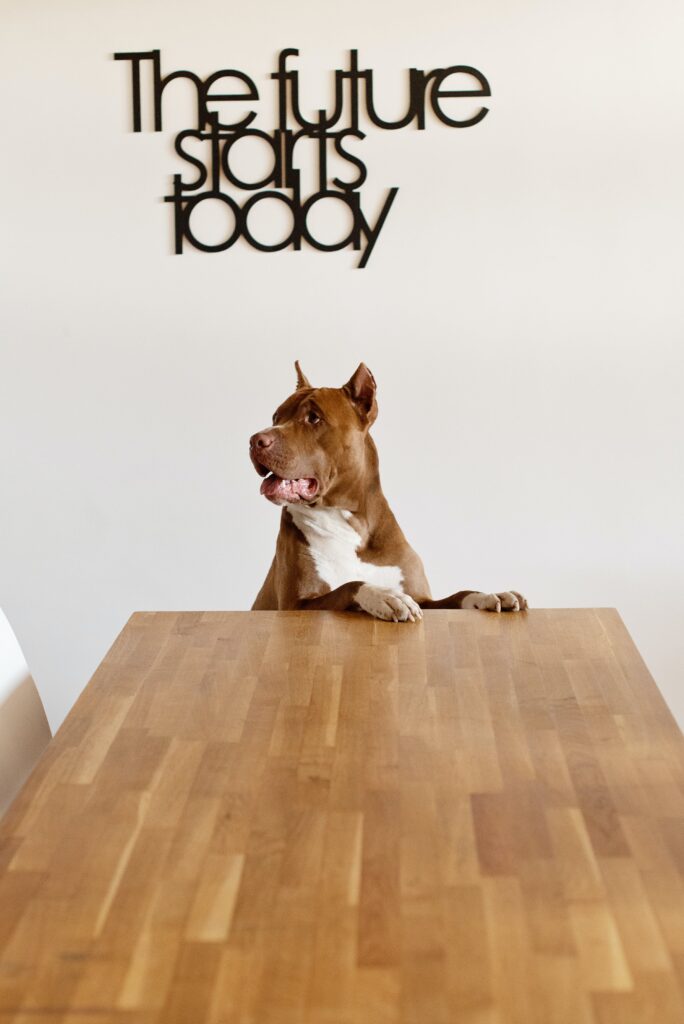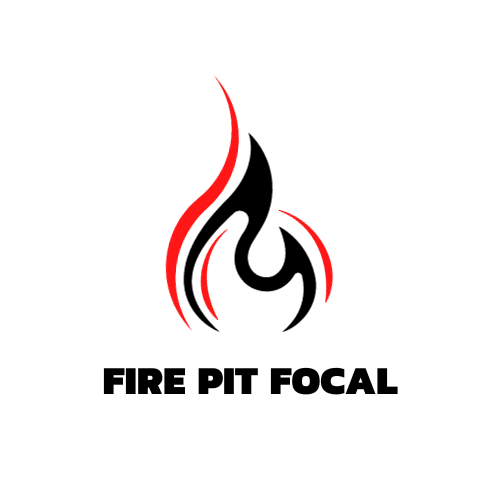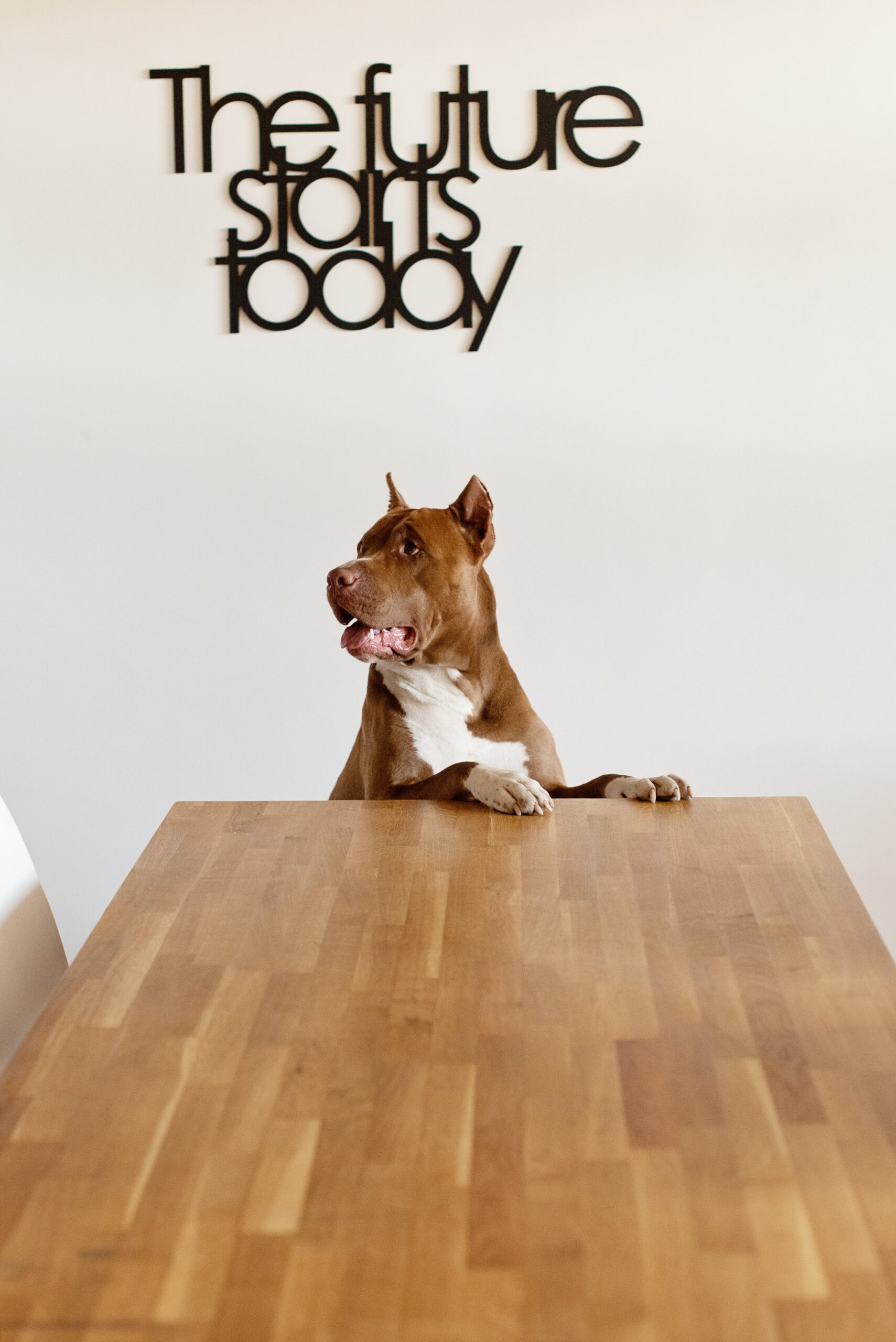So, you have a fabulous outdoor kitchen where you can whip up delicious meals and host unforgettable gatherings. But lately, you’ve been dreaming of adding a cozy fire pit to your outdoor oasis. The crackling fire, the warmth, the ambiance…it’s the missing piece that will take your gatherings to the next level. Well, the good news is that adding a fire pit to an existing outdoor kitchen is absolutely possible! In this article, we will explore the various options, considerations, and steps to successfully incorporate a fire pit into your outdoor kitchen setup. Get ready to elevate your outdoor space to new heights with the perfect addition – a fire pit!
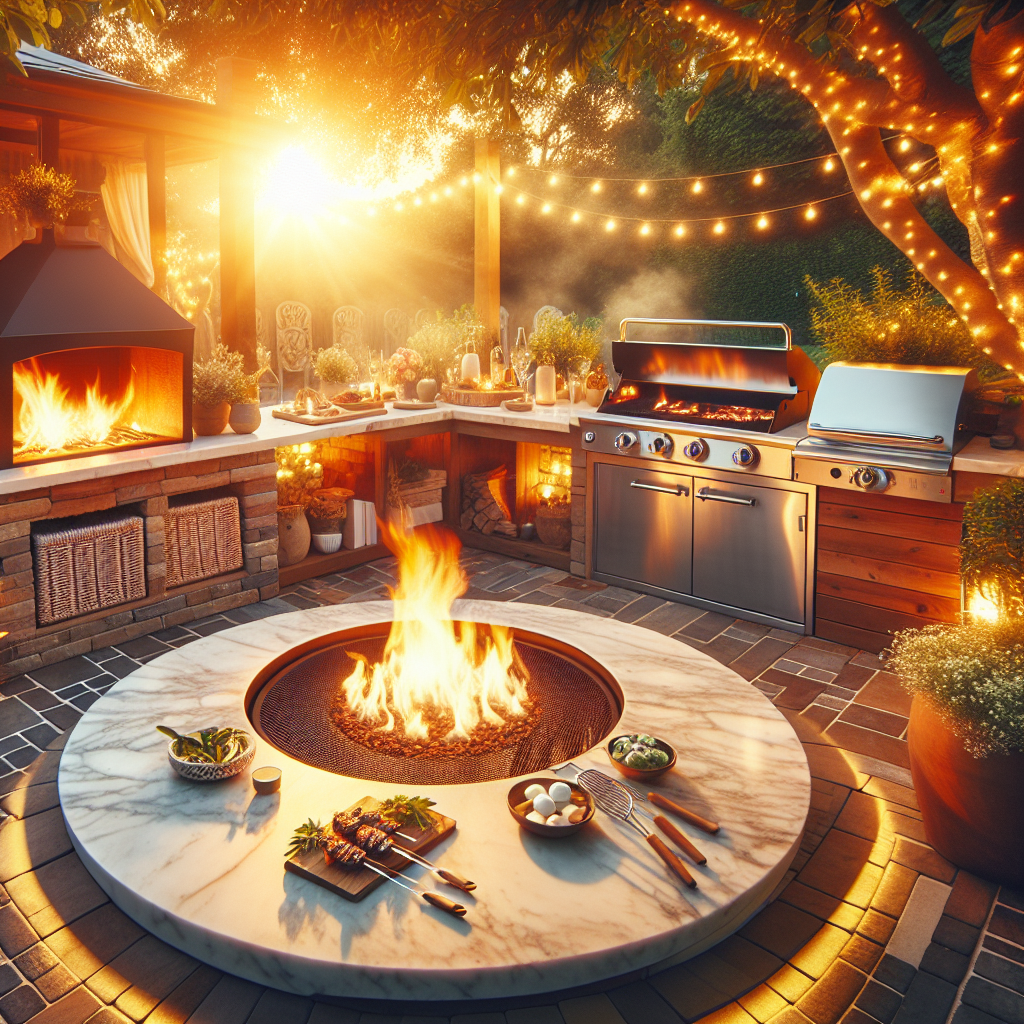
Design considerations
Assessing space availability
When considering adding a fire pit to an existing outdoor kitchen, assessing the available space is crucial. You want to ensure that there is enough room to comfortably accommodate the fire pit without compromising the functionality or flow of the outdoor kitchen. Take measurements of the area and consider the potential impact on seating, cooking areas, and other features.
Choosing the right fire pit design
The design of your fire pit should complement the overall aesthetic of your outdoor kitchen. There are various options to choose from, including built-in fire pits, portable fire pits, and fire pit tables. Consider the style, materials, and size that will best suit your outdoor kitchen and the surrounding space.
Considering safety regulations
Before adding a fire pit to your outdoor kitchen, it’s essential to familiarize yourself with the safety regulations in your area. Some locations may have restrictions on the use of fire pits or specific guidelines on their installation. Ensure that you comply with any safety regulations to protect yourself, your guests, and your property.
Determining the best location
Selecting the ideal location for your fire pit is crucial for both safety and functionality. Consider factors such as wind direction, proximity to flammable objects, and accessibility. You want to choose a location that allows for proper ventilation and doesn’t pose a fire hazard. Additionally, consider how the fire pit’s placement will affect the overall layout and flow of your outdoor kitchen.
Compatibility with existing setup
Assessing current outdoor kitchen features
Before incorporating a fire pit into your outdoor kitchen, evaluate the existing features. Take note of the layout, materials used, and any potential challenges or restrictions that may arise when integrating the fire pit. Understanding your outdoor kitchen’s current setup will help you determine how the fire pit can be seamlessly integrated.
Evaluating the available utilities
When adding a fire pit to your outdoor kitchen, it’s essential to consider the availability of utilities such as gas or electricity. Depending on the type of fire pit you choose, you may need to connect it to a gas line or have an electrical outlet nearby. Assess the accessibility and proximity of utilities to ensure a smooth installation process.
Examining the construction materials
The materials used in the construction of your outdoor kitchen will play a significant role in determining the compatibility with a fire pit. Evaluate the durability and heat resistance of the materials to ensure they can withstand the heat emitted by the fire pit. It may be necessary to make modifications or add fire-resistant materials to protect the surrounding area.
Types of fire pits
Wood-burning fire pits
Wood-burning fire pits are a popular choice for their rustic ambiance and the natural warmth they provide. They offer the crackling sounds and aromatic scents of burning wood, creating a cozy and inviting atmosphere. However, it’s crucial to note that wood-burning fire pits require a safe distance from flammable objects and may produce smoke, which could be a concern in certain areas.
Propane fire pits
Propane fire pits offer convenience and versatility. They can be easily turned on and off with a switch or knob, allowing for instant heat and flame control. Propane fire pits are often portable and don’t require a permanent gas line connection, making them a flexible option for an outdoor kitchen.
Natural gas fire pits
Natural gas fire pits are a popular choice for those who prefer a hassle-free and continuous heat source. They require a permanent gas line connection and provide a consistent flame without the need for refilling fuel tanks. Natural gas fire pits are typically considered more convenient and cost-effective in the long run, although the installation process may require professional assistance.
Electric fire pits
Electric fire pits offer a clean and efficient alternative to traditional fire pits. They are easy to operate and don’t produce any smoke or emissions. Electric fire pits typically include heating elements that mimic the appearance of flames, creating a safe and controlled fire experience. However, it’s important to ensure that your outdoor kitchen has access to electrical outlets that can handle the power requirements of the fire pit.
Gel fuel fire pits
Gel fuel fire pits are a portable and easy-to-use option. They use gel fuel canisters to create a controlled flame without the need for a gas line or electricity. Gel fuel fire pits are typically smaller and can be placed on tabletops or other surfaces. They provide a hassle-free fire experience and can be easily moved around your outdoor kitchen.
Installing a fire pit
Choosing a DIY or hiring a professional
Before installing a fire pit in your outdoor kitchen, decide whether you want to tackle the project yourself or hire a professional. While DIY installations can be rewarding, they also require knowledge of construction, safety regulations, and utility connections. If you’re uncertain about any aspect of the installation process, it’s advisable to consult a professional to ensure a safe and successful installation.
Preparing the site
Preparing the site for your fire pit installation involves clearing the area of any debris, leveling the ground, and ensuring proper drainage. This will create a solid foundation for your fire pit and help prevent any potential hazards or damage. Take the time to carefully prepare the site to ensure a sturdy and long-lasting installation.
Building the fire pit base
The base of your fire pit provides stability and support. Depending on the design and materials chosen, you may need to construct a base using concrete, bricks, or other suitable materials. Follow the manufacturer’s instructions or consult a professional to ensure that the base is built correctly and can handle the weight and heat of the fire pit.
Connecting utilities (if applicable)
If you have chosen a fire pit that requires a gas or electrical connection, it’s important to follow the appropriate installation procedures. Gas lines should be installed and connected by a licensed professional to ensure safety and compliance with regulations. For electrical connections, consult an electrician to ensure proper wiring and compliance with building codes.
Adding seating and safety features
Once the fire pit is installed, consider adding seating options to enhance the overall outdoor kitchen experience. Choose comfortable and durable furniture that complements the design of your outdoor kitchen. Additionally, incorporate safety features such as fire-resistant barriers or screens to minimize the risk of accidents and provide added protection.
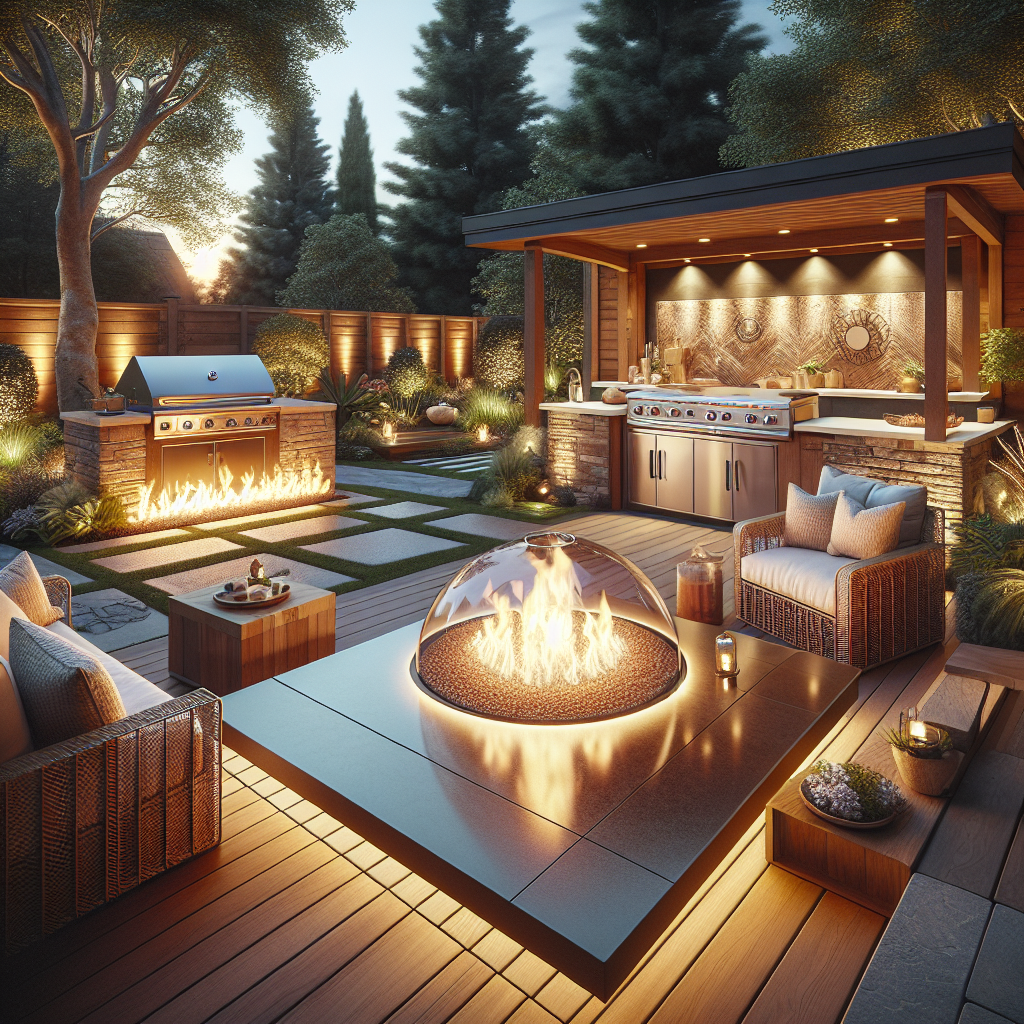
Modifying an existing outdoor kitchen
Evaluating the need for modifications
When adding a fire pit to an existing outdoor kitchen, evaluate whether any modifications are necessary. Assess the layout, functionality, and overall design of your outdoor kitchen to determine if any adjustments need to be made to accommodate the fire pit. This may involve reconfiguring countertops, adjusting seating areas, or making changes to the overall layout.
Adjusting counter space and layout
Depending on the size and location of the fire pit, you may need to make adjustments to the counter space and layout of your outdoor kitchen. Consider whether you need additional space for food preparation or serving areas, and plan accordingly. It’s important to ensure that the fire pit doesn’t impede the functionality or flow of your outdoor kitchen.
Applying fire-resistant materials
To protect your outdoor kitchen and surrounding area from the heat generated by the fire pit, it may be necessary to apply fire-resistant materials. This can include fire-rated tiles, non-combustible materials, or heat shields. Consult a professional to determine the appropriate materials and application methods to ensure optimal safety.
Ensuring proper ventilation
Proper ventilation is crucial when adding a fire pit to an existing outdoor kitchen. Adequate airflow helps dissipate smoke and gases, ensuring a safe and comfortable environment. Evaluate the ventilation system of your outdoor kitchen and make any necessary modifications to accommodate the fire pit’s requirements.
Adding fire pit accessories
To enhance the functionality and aesthetics of your fire pit, consider adding accessories. This can include items such as cooking grates, fire pit covers, or decorative elements. Accessories not only add functionality but also allow you to personalize your outdoor kitchen and fire pit to suit your preferences and needs.
Safety precautions
Maintaining clearance and distance
When installing a fire pit, it’s crucial to maintain proper clearance and distance from surrounding objects. Follow the manufacturer’s recommendations regarding minimum clearance requirements to prevent any potential fire hazards. Maintain adequate distance from flammable materials, structures, and foliage to ensure optimal safety.
Installing fire-resistant barriers
To provide an additional layer of protection, consider installing fire-resistant barriers around your fire pit. These barriers can be made from materials such as tempered glass, fire-rated bricks, or metal screens. They help contain the flames and embers, minimizing the risk of accidental fires spreading.
Considerations for proximity to flammable objects
When selecting the location for your fire pit, be mindful of the proximity to flammable objects. Keep the fire pit away from overhanging trees, structures, or combustible materials that could easily catch fire. By maintaining proper distance, you can significantly reduce the risk of accidents and ensure the safety of your outdoor kitchen.
Keeping fire extinguishing equipment nearby
It’s essential to have fire extinguishing equipment readily available in case of emergencies. Place a fire extinguisher in close proximity to your outdoor kitchen and ensure that all household members are familiar with its operation. Regularly inspect and maintain fire extinguishers to ensure they are in proper working condition.
Following local fire regulations
To ensure compliance with local fire regulations, familiarize yourself with the specific requirements and guidelines in your area. Some regions may have restrictions on the use of open flames or specific regulations regarding outdoor fire features. By following these regulations, you can create a safe and enjoyable outdoor kitchen environment.

Permit requirements
Checking local regulations and permits
Before installing a fire pit, it’s crucial to check the local regulations and permits required for outdoor fire features. Contact your local municipal office or fire department to inquire about any necessary permits or inspections. Compliance with these regulations ensures that your fire pit installation is legal and safe.
Understanding zoning restrictions
In addition to permits, understanding zoning restrictions is important for fire pit installations. Zoning regulations dictate how outdoor spaces can be used and may impose limitations on the construction and operation of fire features. Research the specific zoning requirements in your area to ensure that your fire pit is compliant and meets all necessary restrictions.
Obtaining necessary permits
If permits are required for your fire pit installation, it’s vital to obtain them before beginning the project. The process of obtaining permits may involve submitting detailed plans, paying fees, and scheduling inspections. Be sure to follow the necessary steps and provide any requested documentation to ensure a smooth and legal installation process.
Meeting inspection requirements
Once your fire pit installation is complete, it may be subjected to inspections to verify compliance with regulations. Inspectors will assess various aspects such as clearance, construction materials, and safety features. Ensure that your fire pit meets all requirements and address any concerns or recommendations provided during the inspection process.
Maintenance and upkeep
Cleaning and removing debris
Regular cleaning and debris removal are essential to keep your fire pit and outdoor kitchen in optimum condition. Remove any ashes, wood chips, or debris from the fire pit after each use. Clean the surrounding area, including countertops, furniture, and flooring, regularly to maintain a clean and welcoming outdoor kitchen environment.
Inspecting gas lines and connections
If your fire pit is connected to a gas line, it’s important to regularly inspect the gas lines and connections for any signs of wear or damage. Check for leaks, loose connections, or corrosion and address any issues promptly to ensure the safe operation of your fire pit. Consult a professional if you’re unsure about conducting these inspections yourself.
Monitoring proper ventilation
Proper ventilation is crucial for the safe operation of your fire pit. Regularly inspect the ventilation system to ensure it is free from obstructions and functioning effectively. Check for any blockages, such as debris or buildup, and clean or repair as necessary.
Replacing worn-out parts
Over time, certain parts of your fire pit may become worn out or damaged. This can include components such as burners, ignition systems, or heat shields. Regularly inspect these parts and replace any that are showing signs of wear or are no longer functioning properly. This will help maintain the safety and efficiency of your fire pit.
Storing fire pit accessories
To prolong the life of your fire pit accessories and ensure they are ready for use when needed, store them properly. Clean and dry any cooking grates, covers, or utensils before storing them in a dry and secure location. By properly storing your accessories, you can prevent damage, rust, or deterioration.

Enhancing the outdoor kitchen experience
Installing lighting features
To create a cozy and inviting ambiance around your fire pit, consider installing lighting features. This can include string lights, torches, or spotlights that highlight the fire pit area. Lighting not only adds functionality but also enhances the overall aesthetics of your outdoor kitchen, making it more enjoyable for evening gatherings.
Incorporating seating options
Comfortable seating is essential for enjoying your outdoor kitchen and fire pit. Consider incorporating various seating options such as lounge chairs, benches, or even built-in seating. Choose durable materials that can withstand outdoor conditions and ensure that the seating arrangement allows for easy conversation and relaxation around the fire pit.
Utilizing fire pit cooking accessories
Take advantage of the versatility of your fire pit by utilizing cooking accessories. Grill grates, rotisseries, and skewers can transform your fire pit into a cooking station, allowing you to prepare delicious meals outdoors. Experiment with different cooking techniques and recipes to fully enjoy the culinary possibilities of your outdoor kitchen.
Creating an inviting ambiance
Enhance the overall ambiance of your outdoor kitchen by incorporating elements such as outdoor rugs, cushions, or decorative accents. Consider the colors and textures that will complement the style of your fire pit and outdoor kitchen. By creating an inviting and comfortable atmosphere, you’ll encourage guests to linger and enjoy the outdoor space.
Considering outdoor entertainment systems
To further enhance your outdoor kitchen experience, consider incorporating outdoor entertainment systems. This can include features such as outdoor speakers, televisions, or projection screens. With the right audiovisual setup, you can enjoy movie nights, sports events, or simply set the mood with your favorite music while gathered around the fire pit.
Conclusion
Incorporating a fire pit into your existing outdoor kitchen can elevate both the aesthetics and functionality of your outdoor space. By carefully considering design considerations, compatibility with the existing setup, and safety precautions, you can create a beautiful and safe outdoor kitchen with a fire pit. Remember to evaluate your options for fire pit types, properly install and maintain your fire pit, and comply with local regulations and permit requirements. With proper planning and attention to safety, your outdoor kitchen with a fire pit will become a versatile and inviting space that will be enjoyed for years to come.
